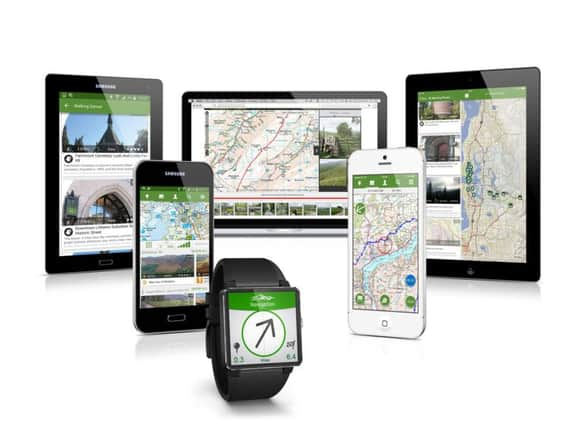Why your Google Maps-based app has suddenly stopped working


As a consequence, we have become used to the notion that maps are free – even though a glance at the Ordnance Survey display in Waterstone’s would tend to suggest otherwise.
But a recent move by Google has blown that theory spectacularly out of the water. It is, of course, still possible to freely browse maps on the internet, but those called up by other programs are a different matter. Their developers must now pay for access to the servers from which the maps are generated – and as a consequence, some of the programs they made earlier have stopped working overnight.
Advertisement
Hide AdAdvertisement
Hide AdGoogle introduced the changes to its charging policy last year, but the fallout is being seen only gradually as programs that have lain dormant for some time are fired up by their users.
Among those to be affected are some very expensive ones: Adobe Lightroom, a photo editing tool used by enthusiasts and professionals, has been stripped of its ability to display information about where pictures were taken. And across the internet, websites with Google Maps embedded in their pages have begun to display error messages instead of directions.
The removal of mapping modules from Lightroom and other programs has left many users scrabbling for alternative apps – only to find that they, too, will have been similarly emasculated until their developers update them.
Commercial developers like Adobe will, of course, pay Google the appropriate licence fee and pass the cost to their users. This may take the form of forcing them to pay again for a revised version they did not otherwise need. But one-man outfits responsible for cheap or free programs that rely on maps may have to look elsewhere for their charts.
Advertisement
Hide AdAdvertisement
Hide AdOpenStreetMap is the direction they are most likely to take. This free rival to Google Maps is one with which we are likely to become more familiar in the coming months, as developers look for new ways to keep their costs down. It functions in much the same way as the Google original but it is built and maintained by a worldwide community of mappers, not by a corporation.
It doesn’t include satellite imagery or live traffic reports but it incorporates most of the rest of Google’s functions, with directions by car, bike and foot, and map layers of cycle routes, bus and train lines as well as roads. You won’t need to concern yourself with this or the other alternatives unless you become a victim of a mapping program that stops working without warning, but it’s still worth glancing at online, to familiarise yourself with its layout and legend.
Google, meanwhile, has announced no plans to charge for its in-house mapping apps, but you will notice a renewed focus on commercially-driven signposts towards cafes, shops and other places that can relieve you of some cash, wherever you are.
It was only a matter of time before this happened; services like this have been the online equivalent of a free lunch for some time now. All the same, you have to admire Google’s nerve – it has developed a business founded on collecting as much data from each of us possible, and then selling it right back to us.